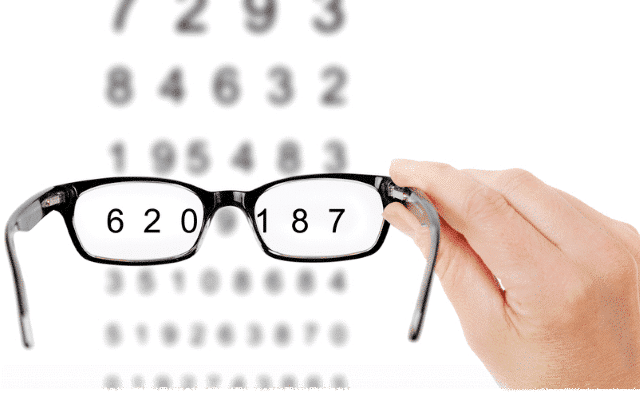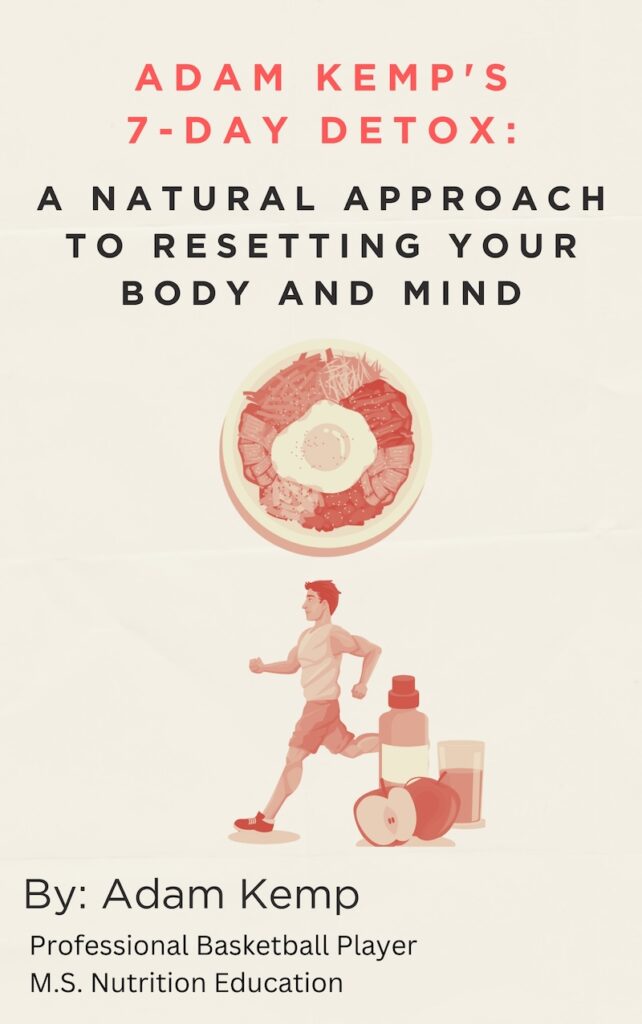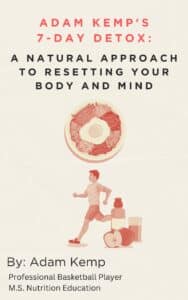How to Take Care of Your Vision for the Long Run
Learning how to take care of your vision should be a lifelong priority, not an afterthought.
Your eyes connect you to the people you love, your work, and the world around you; yet they’re often neglected until problems appear.
Protecting your eyesight requires small daily choices that add up over time: eating nutrient-rich foods, protecting against UV rays, limiting digital eye strain, and scheduling regular exams to catch hidden issues early.
Importantly, research indicates that many vision problems can be slowed or prevented altogether when a proactive approach is taken (National Eye Institute).
By understanding how to take care of your vision, you’re investing in your long-term quality of life and independence.
The Importance of Eye Health
Keeping your eyes healthy and having good eye health is essential for living a full and active life.
Clear vision empowers you to live life to the fullest and maintain your independence.
When your eyes are healthy, you’re better equipped to handle work demands, enjoy recreational activities, and navigate daily life with confidence.
Many serious eye diseases develop slowly and silently.
Early signs are often overlooked until the damage has progressed.
By knowing how to take care of your vision, you create a safeguard against avoidable issues like partial vision loss or blindness later in life.
Regular monitoring and preventive care help detect conditions before they cause irreversible harm (National Eye Institute).
Important Ways to Take Care of Your Vision

Preserving your eyesight doesn’t happen by accident; it’s the result of consistent, thoughtful choices you make each day.
From regular checkups to mindful nutrition, protective habits, and simple exercises, understanding how to take care of your vision means stacking up small daily actions that keep your eyes healthy now and protect them for decades to come.
The good news is that most of these steps are easy to put into practice and can make a big difference when it comes to avoiding preventable vision problems down the road.
Regular Eye Exams: Key to Prevention
Routine eye exams are one of the simplest ways to protect your vision for the long run.
A thorough checkup can catch hidden issues like early cataracts, glaucoma, or signs of systemic diseases such as high blood pressure and diabetes, often before symptoms appear.
Most eye care experts recommend a comprehensive exam every one to two years, depending on your age, family history, and risk factors.
Proactive exams and professional care help ensure that minor issues don’t turn into major threats to your sight.
If you notice warning signs like blurred vision, eye pain, frequent headaches, or poor night vision, don’t wait—search local eye surgeons near me to find qualified specialists who can diagnose and treat problems early.
Nutrition for Eye Health

What you eat directly influences how well your eyes function over time.
Key nutrients, such as antioxidants, omega-3 fatty acids, and essential vitamins, help protect delicate eye tissues and slow down age-related damage.
Carrots provide beta-carotene, which your body turns into vitamin A to support clear vision.
Leafy greens, such as spinach and kale, supply lutein and zeaxanthin, two powerful compounds that help guard against macular degeneration.
Fatty fish like salmon deliver omega-3s that help reduce inflammation and lower the risk of dry eye.
Prioritizing these foods in your diet is a simple yet powerful way to strengthen and protect your eyesight for the future.
Protecting Your Eyes from the Sun
Just like your skin, your eyes can be damaged by prolonged exposure to the sun’s harmful UV rays.
Over time, this exposure can lead to macular degeneration, cataracts, and other serious conditions.
One of the most effective ways to protect your eyes from the sun is to wear sunglasses that block 100% of UVA and UVB rays.
It’s essential to make this a habit, especially when spending long periods outdoors, whether you’re hiking, at the beach, or simply driving.
A good pair of sunglasses can reduce eye strain, improve comfort, and protect your long-term eye health.
Vestibular Training and Eye Strengthening Exercises
Beyond nutrition, sun protection, and regular eye exams, many people overlook the importance of targeted exercises in supporting eye health and visual performance.
Vestibular training and eye-strengthening exercises can play a meaningful role in maintaining clear, comfortable vision for the long run.
The vestibular system, which controls balance and spatial orientation, works closely with your eyes to help you stabilize your gaze and process movement.
Simple vestibular exercises, like head turns while focusing on a stationary target or balance work on unstable surfaces, can improve gaze stability, visual tracking, and reduce dizziness or eye fatigue (Herdman et al., 2007).
Similarly, eye-strengthening exercises can train the extraocular muscles that control eye movement and coordination.
Common exercises include pencil push-ups for convergence, figure-eight eye tracking, or near-far focusing drills.
These techniques can help reduce eye strain, improve focus flexibility, and support clearer vision during tasks that demand sustained concentration, such as reading or screen time (Scheiman & Wick, 2014).
While these exercises are not a replacement for medical care, incorporating them into your routine, especially if you experience symptoms such as frequent eye fatigue or motion sensitivity, can be a practical and straightforward way to support healthy vision and functional balance for years to come.
Always consult with an optometrist, ophthalmologist, or physical therapist trained in vestibular rehabilitation for guidance tailored to your needs.
Reducing Screen Time
Screens are an unavoidable part of modern life, but managing how you use them can make a big difference for your eye health.
Long hours spent staring at computers, tablets, and phones can often cause digital eye strain, leading to symptoms such as dryness, blurred vision, headaches, and neck or shoulder tension.
To counter this, practice the 20-20-20 rule: every 20 minutes, look at something at least 20 feet away for 20 seconds to relax your eye muscles.
Position screens at eye level about an arm’s length away, and adjust brightness and contrast to match your surroundings.
Adding a matte screen filter can also cut glare and reduce fatigue.
If your eyes still feel strained, consider blue light filtering glasses and remember to blink often to keep your eyes moist.
For persistent discomfort, consult an eye care professional for personalized strategies to keep your vision clear and comfortable in a screen-filled world.
Final Thoughts: How to Keep Good Vision for Life

Protecting your vision is not a one-time task but a lifelong healthy habit shaped by daily choices.
Prioritizing nutrition, shielding your eyes from harmful UV rays, balancing screen time, and scheduling regular eye exams all add up to stronger, healthier eyesight over time.
Small, consistent actions, like wearing sunglasses, practicing the 20-20-20 rule, or adding more leafy greens and omega-3s to your meals, can help prevent avoidable problems and maintain clear vision as you age.
And when something doesn’t feel right, never hesitate to search for local eye surgeons near me or connect with an eye care professional for guidance and treatment.
By caring for your eyes today, you’re investing in the freedom and clarity to fully enjoy life tomorrow.
Stay proactive, stay informed, and keep your vision a priority for the long run.
This website does not provide medical advice. This website site does contain affiliate links, and purchases may earn a commission.
Read my Medical Disclaimer, Review Disclaimer, and Publishing Policies for more details. Use of this site indicates acceptance of these terms.



